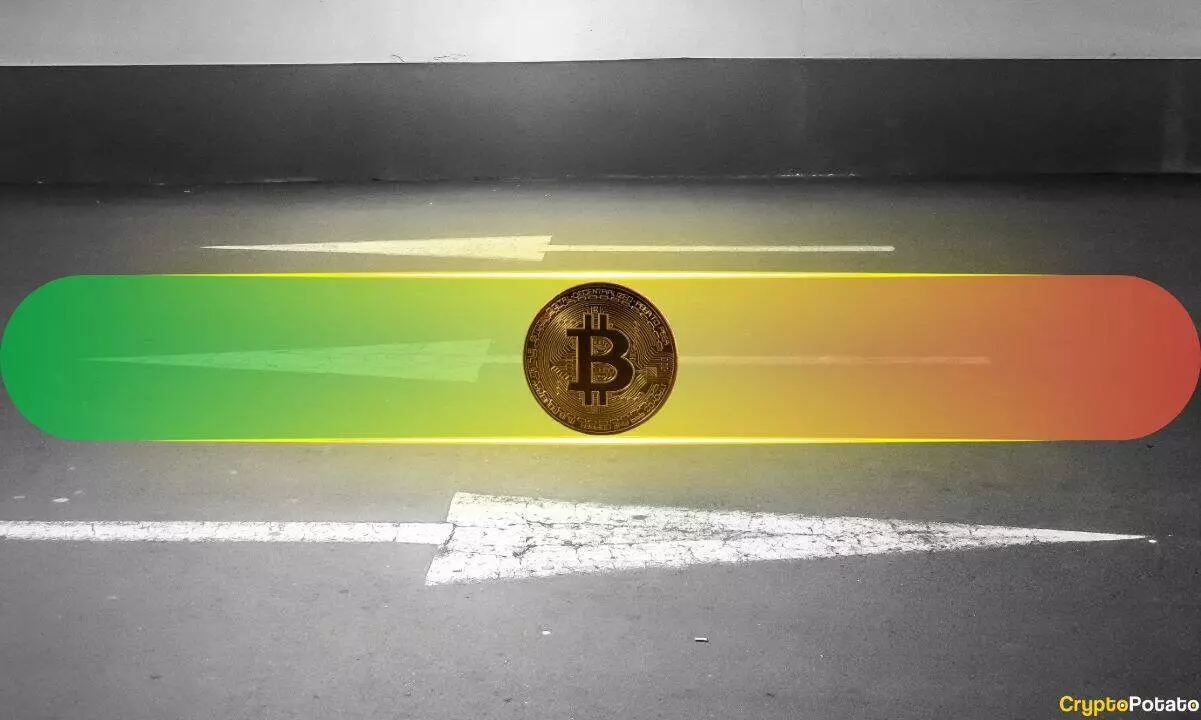Bitcoin’s journey at the start of Q2 this year was nothing short of chaotic. As the cryptocurrency market buckled under pressure, the price of Bitcoin plummeted to a staggering five-month low, dipping below the $75,000 mark. This sudden collapse was not merely an erratic fluctuation; it reflected deep-seated anxieties that permeated the market amidst global economic turmoil. The driving force behind this unsettling phase was none other than the escalating trade war initiated by former U.S. President Trump. While his administration’s regulatory decisions rattled investors across various sectors, Bitcoin’s volatility became a mirror reflecting investor fears and responses to broader global tensions.
Secure Recovery: An Unexpected Surge
However, it wasn’t long before Bitcoin’s resilience came to light. Just as rapidly as it fell, Bitcoin began to claw its way back, gaining an impressive $20,000 within mere weeks. This remarkable recovery coincided with a stabilization in Trump’s trade maneuvers—particularly as the administration temporarily halted tariffs on nearly all nations except China. It serves as a potent reminder that Bitcoin often dances to the tune of geopolitical events, exhibiting an uncanny sensitivity to global political climates. As Bitcoin broke above the $90,000 range, many hoped that this would signal the catalyst for sustained growth. Unfortunately, the asset’s performance soon plateaued as it endured a prolonged period of sluggishness, grappling to rest between the $93,000 and $95,000 price points.
Market Indicators: Signs of Impending Volatility
The recent consolidation phase has left investors both intrigued and anxious. Popular crypto analyst Ali Martinez has expressed concerns regarding the territory Bitcoin now occupies, characterized by squeezing Bollinger Bands that signal reduced market volatility. These fluctuations hint at a potential price move on the horizon, although they fail to provide clarity on the direction. This duality represents a classic market scenario, where tension builds silently underneath the surface while traders anxiously await direction. Martinez’s analysis suggests that if Bitcoin maintains its position above the pivotal support level of $93,198, the chances of a bullish trajectory become more likely. A significant breakout above $95,870 may very well propel the asset towards an ambitious new all-time high, estimated at around $114,230.
Whale Accumulation: The Silent Giants of Bitcoin
Looking closer, two standout phenomena point towards an impending significant movement for Bitcoin. First, there’s the unsettling yet fascinating trend of whale accumulation. Reports indicate that these high-net-worth entities have invested a staggering $4 billion in Bitcoin over the span of two weeks alone. This mass accumulation adds layers of complexity to market dynamics, as it suggests a belief in Bitcoin’s long-term potential, even amidst the current turmoil.
Conversely, the resurgence in Bitcoin ETFs from April 17 to April 30 indicates a budding positivity as they broke their earlier negative streak. While this encouraging trend encountered a minor hiccup with a $56.3 million outflow, it’s considerably lower than the massive inflows seen in previous weeks, signaling a cooling-off period rather than a full reversal.
Future Pricing Dynamics: A Cautious Optimism
Moreover, the shrinking number of Bitcoins held on exchanges paints an even more bullish picture. As we approach a five-year low in this metric, it reflects a robust market sentiment among both retail and institutional investors alike—people are evidently gearing up for what they anticipate to be a substantial price movement in the near future. Despite these promising indicators, one has to be cautious—not every bullish signal guarantees an exuberant upward trajectory.
The intricate dance of Bitcoin within the global economic landscape compels even the most astute investors to tread carefully. As concerns about inflation, regulatory scrutiny, and market manipulation loom large, Bitcoin’s resilience and capability to bounce back could very well underscore its status as the new gold in the future financial ecosystem.

